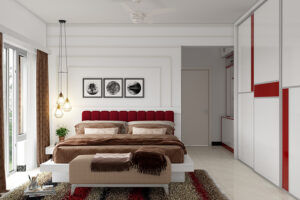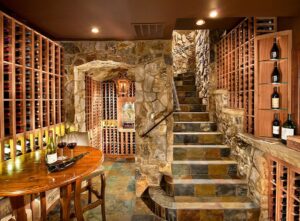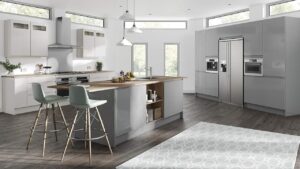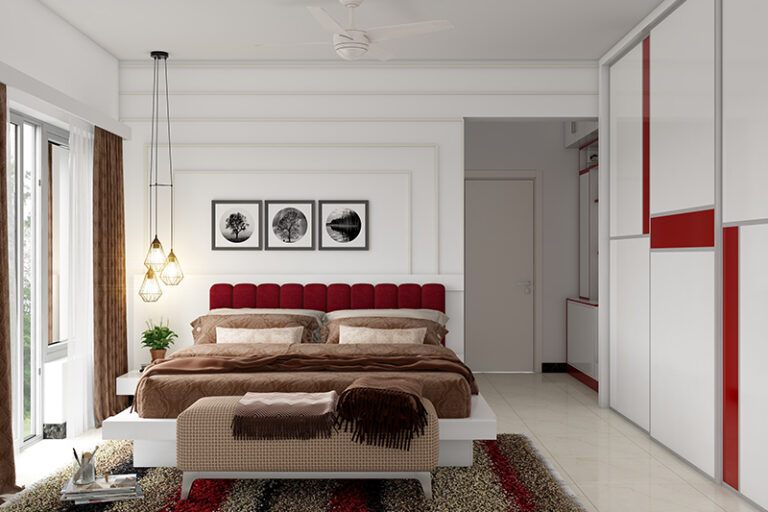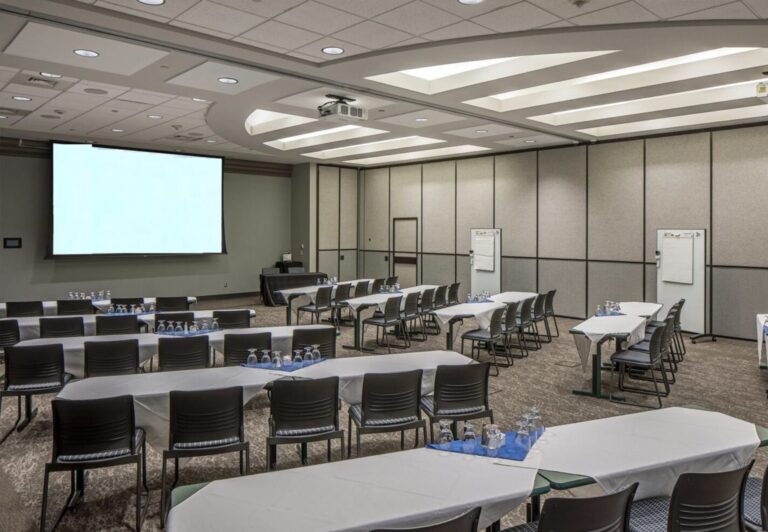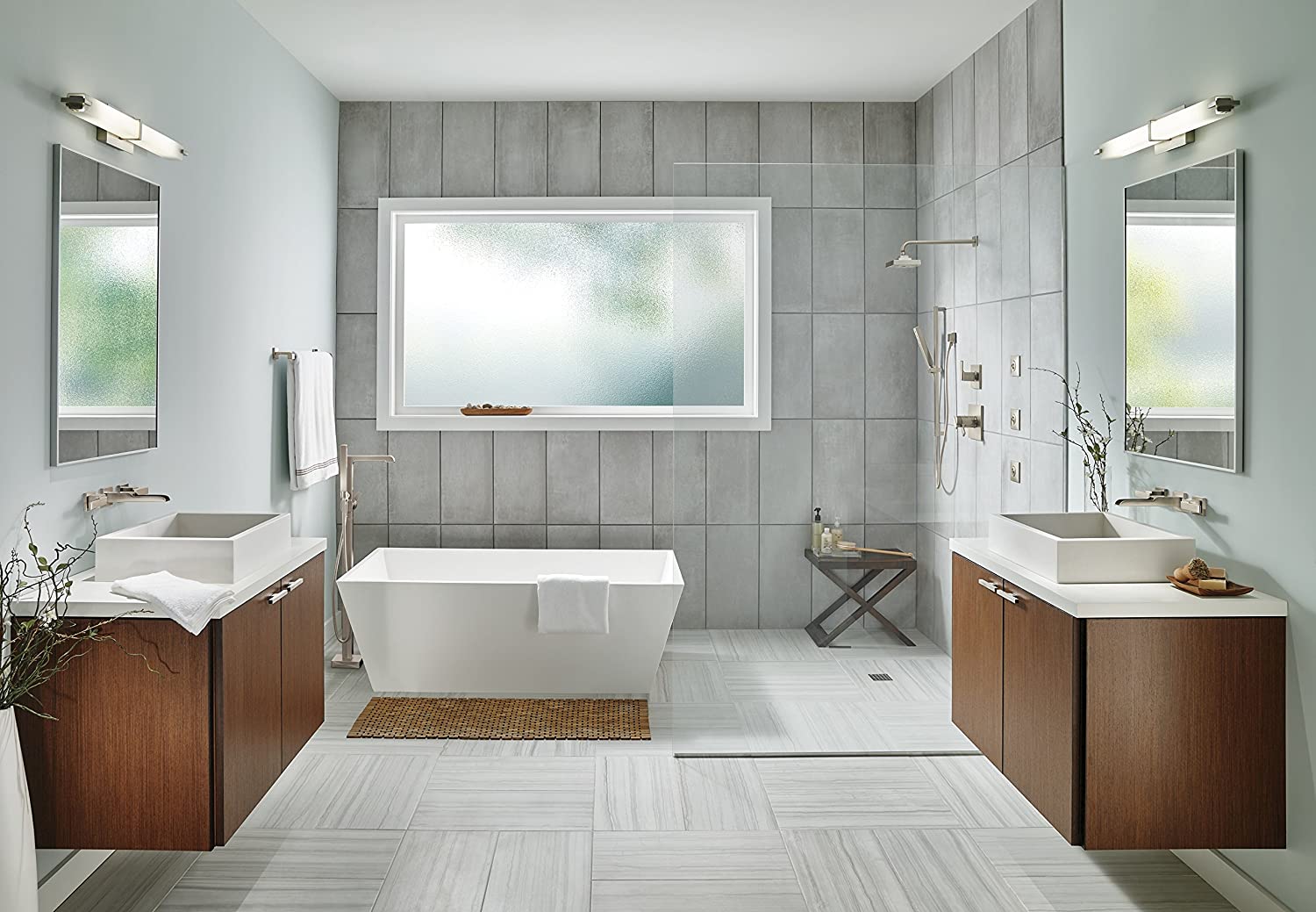
Correctly selected plumbing equipment is a guarantee of comfortable hygiene procedures. Read on to find out what plumbing fixtures you should buy, how to choose them, what you don’t need to purchase and how to combine purchased products into a stylish, practical design.
1. Plan First
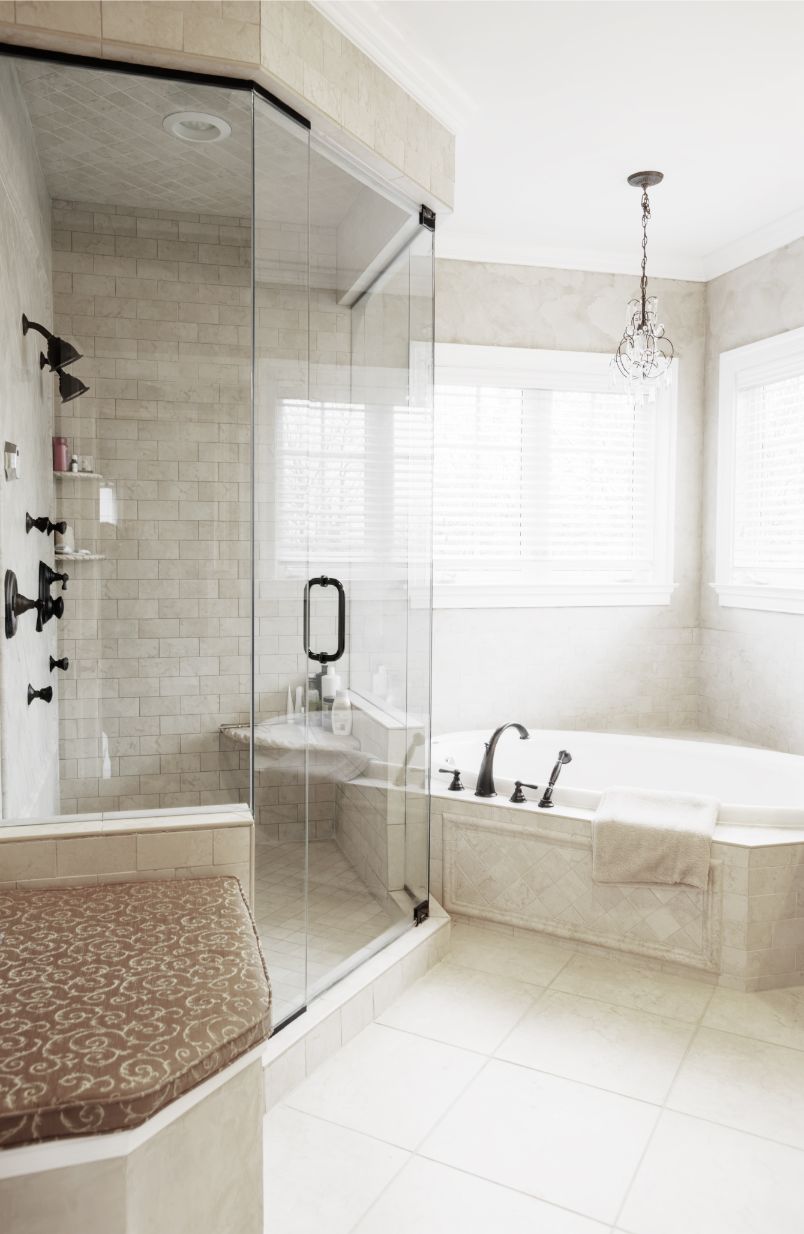
Any renovation begins with an idea, the path to implementation of which lies through planning. Without this vital stage, you can get a disastrous result: there will not be enough sockets, the shower stall will not fit, the door will not be fully open, etc. If the bathroom is small, then the design phase should be devoted as much time as possible. Everything is not as complicated and boring as it might seem.
We’ll have to arm ourselves with a tape measure, take measurements of the room, transfer these values to paper, and indicate where the sewer riser and the water supply entrances are now. Then the matter is small:
- We determine what plumbing items are needed: a bath or shower, whether you need a bidet, etc. Keep in mind that there are relatively compact products. Therefore, it does not interfere with studying the plumbing market first, paying attention to the overall dimensions ;
- we decide whether there will be a washing machine, toilet, furniture, etc. in the bathroom ;
- On the plan, we draw what and where we will place. Do not forget about those details that will swing open (the hatch of the washing machine, the doors of the shower stall, cabinet, etc.) – there must be enough space for them;
- If you need to move the sink, toilet, etc., it is better to consult with experts in advance if this is possible in your bathroom.
2. Compatibility of Plumbing Items
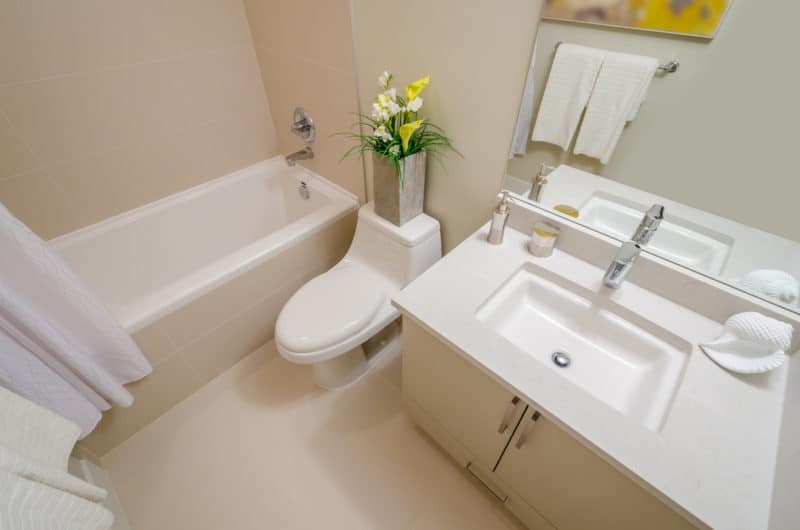
Plumbing, furniture, and even small accessories should be made in a single style – then it will be pleasant to be even in a small room. Ideally, take all plumbing items at once from one manufacturer. You can save money, look for products in different stores, from various manufacturers, and other collections, but you have to rely on your taste and memory.
Faucets are certainly better to take the same for baths, sinks, and bidets. Often the choice is stopped on chrome models. Today, this is probably the easiest way to create a harmonious interior. However, we can find all of the listed products in any design, so it is possible to create a holistic interior in any case.
Trying to fit everything you want in your bath and combine it all correctly, do not forget about the most crucial thing – plumbing should be comfortable, functional, hygienic, and of high quality.
Also, pay attention to the color. It’s easier to take the classic white hue. There are many shades of white – cold and warm – and together, they will not look perfect. You should be careful with unusual and bright shades – think seven times if you won’t get tired of a rainbow in the bathroom.
3. What is Plumbing Made Of?
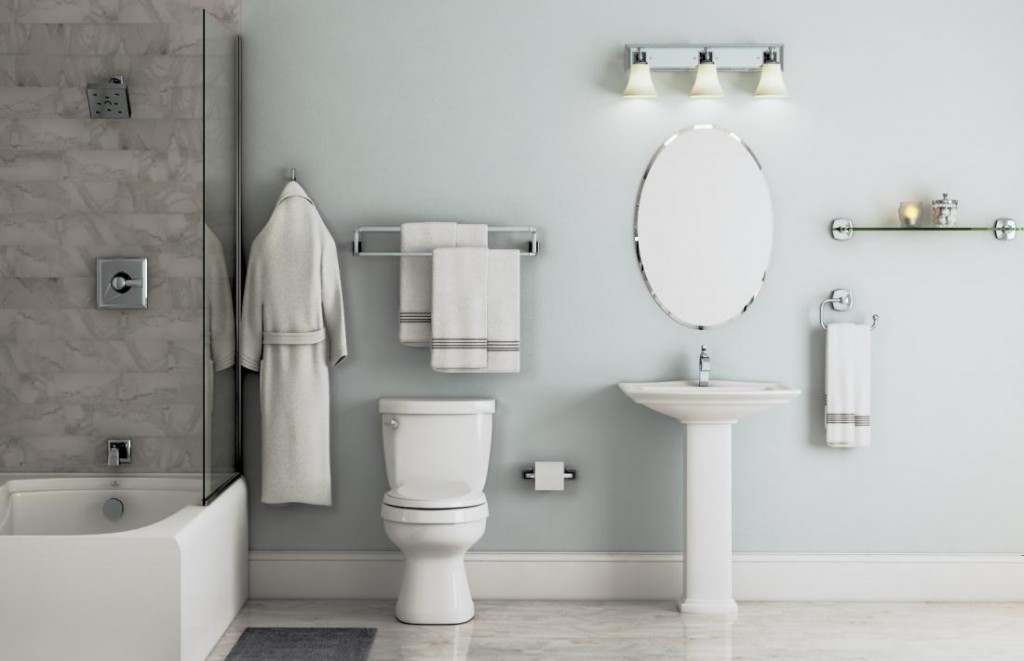
Before we study the nuances of choosing various types of plumbing, we will decide on the material of its execution – this is a standard parameter for almost all plumbing items ( toilet, sink, bidet ).
- Faience is one of the most inexpensive materials, and it has a decent appearance. The fired earthenware is covered with a thick layer of glaze on top, protecting it and ensuring its appearance. However, even despite the presence of frost, faience remains more porous than other materials. When the glaze begins to wear off, the faience absorbs moisture, thereby reducing the product’s strength. The durability of faience sanitary ware is about 15 years.
- Porcelain is a more expensive and durable analog of faience. As in the case of faience, the basis is white clay, but the additions of feldspar and quartz reduce the porosity of the products. Outwardly it is often indistinguishable from earthenware, but it serves for tens of years. Therefore it costs more minus faience and porcelain – the appearance of chips and cracks with substantial impacts.
- Artificial stone and composite materials make it possible to create plumbing fixtures of incredible beauty with solid durability and mechanical strength. Such products are easy to care for. Plaque and dirt do not stick to them. The downside is the high price.
- Marble is an expensive material, but it is more exclusive than a solution for the mass market. Despite the beauty and high cost, such products are difficult to maintain since they are characterized by high porosity, even stains the material.
- Glass plumbing is beautiful, but it often turns into a headache. Only sinks are usually made of glass. There is no need to worry about strength – it is comparable to porcelain and earthenware products, but in terms of care, it is getting worse. Streaks, streaks, and dirt will be very noticeable, so you will have to wipe the sink every day, or even several times a day.
- Metal is not used very often, many people immediately associate it with public restrooms and toilets on trains, but we are talking about designer products. The metal is strong, durable, easy to care for, resistant to mechanical damage, but it is not cheap. Plus, not everyone likes it.
4. How to Choose Washbasin?
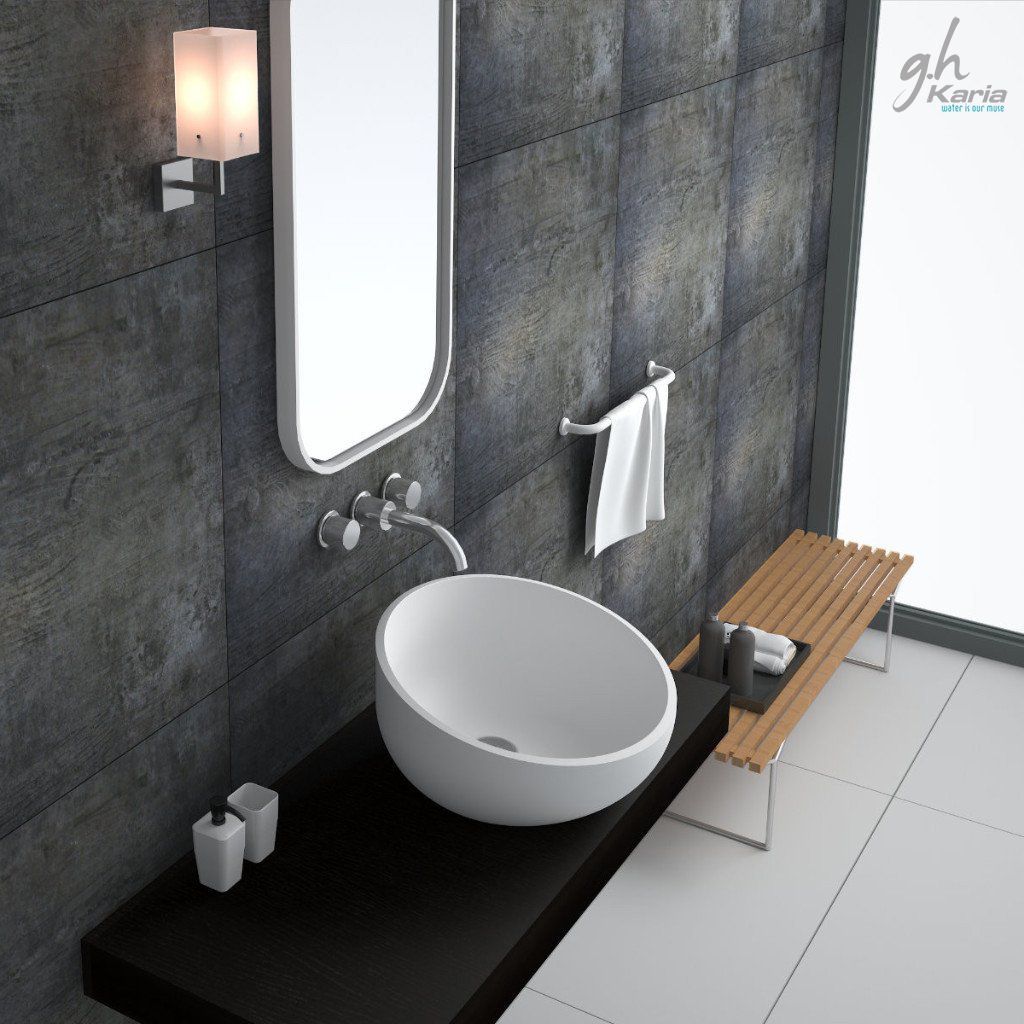
The size and shape of the washbasin are selected depending on the size of the room:
- Standard – a sink 50-60 cm long and about 40 cm wide.
- Compact – up to 35 cm, an excellent choice when space is scarce.
- Large – about 80-90 cm wide.
It is better to install the washbasin at the height of 80-90 cm. All other things being equal, give preference to deeper models – even if the size of the sink is small, the depth will make it comfortable to use.
According to the installation method, washbasins are:
- “Tulips” / on a pedestal – these were the most popular until recently. All communications are hidden in a stand, which also plays a decorative role. It will fit nicely into a classic interior.
- The washbasin built into the cabinet is what you need for small bathrooms. You can pick up a tiny bedside table that will perfectly hide communications while leaving a place for storing the necessary items that fit in almost any room. The size of the cabinet and countertop depends on the size of the room and your preferences. The sink can be cut-in or overhead. The tabletop is made of MDF, artificial stone, specially treated wood, or even chipboard – options for every taste and budget.
- Wall-mounted washbasins do not rest on the floor, and all communications are hidden in the wall. They look easy, do not overload the space. The space under the sink can be left free, or it can place baskets with linen there.
- A small washbasin can be installed above the washing machine or the toilet with a critical lack of space. These are pretty specific products in terms of installation, which often get clogged, but if no other sink fits, then why not.
Oval, round and rectangular washbasins are in the lead in popularity. There are also more complex washbasins on sale, which can become the centerpiece of the bathroom. For small bathrooms, they came up with corner models that take up a minimum of space.
5. How to Choose Bathtub?
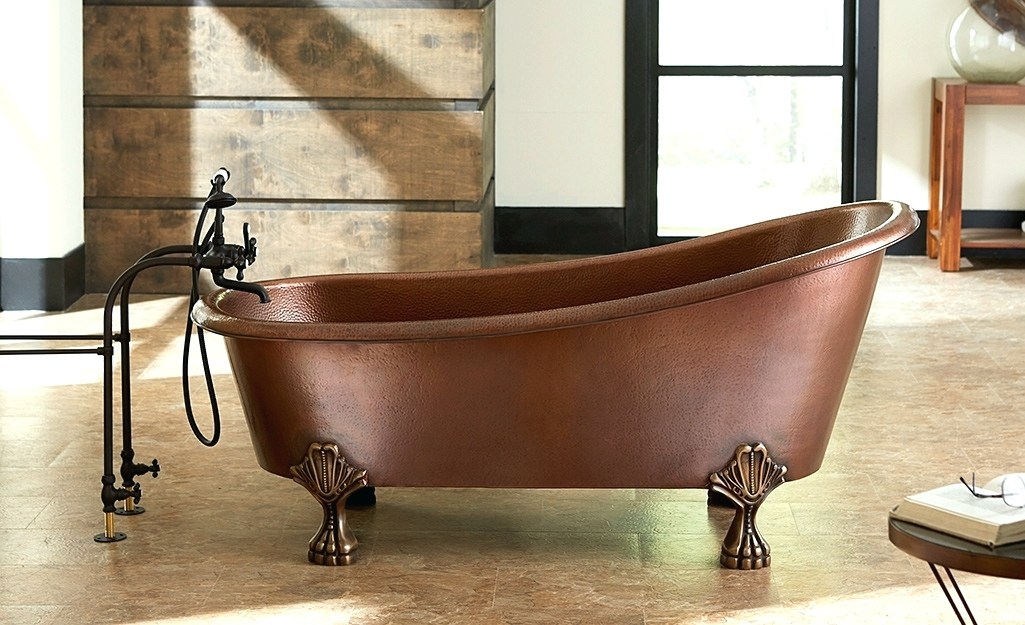
If there is enough space, then it is better to install a bathtub – if you wish, you can fill it up and arrange yourself an hour of relaxation, and if you want, it is convenient to take a shower in it. The first thing to decide when choosing a bath is the material of manufacture :
- Acrylic is the most popular material; lightweight products of any desired shape are obtained from it. Acrylic does not make noise when water falls on it, keeps heat well, is easy to clean, and is inexpensive. Alas, you can leave scratches on it (to be restored), and acrylic can change color under the influence of low-quality water. The material can easily withstand the weight of water and a person due to reinforcement with fiberglass. Still, the durability of such baths is about 10-15 years, which they are inferior to cast iron.
- Cast-iron bathtubs can last up to 50 years or more, and they are durable, are difficult to scratch, keep heat well, and do not make as much noise as their steel counterparts. The popularity of cast iron baths is declining due to their considerable weight and a small variety of shapes – it cannot smelt something unusual out of cast iron.
- Steel baths are the cheapest, strong enough, durable, and weigh 5 times less than cast iron. With a variety of shapes, everything is in order. The most significant disadvantage is noise when waterfalls and they keep heat badly.
- Quail baths are made of acrylic mixed with quartz particles. They have all the advantages of acrylics, only surpass them in strength but also cost more.
- Stone, wood, and glass bathtubs are expensive, beautiful products but with peculiarities. Stone bowls weigh a lot and can chip, wooden bowls dry out, and glass bowls are difficult to maintain.
Traditionally, rectangular bathtubs, as well as oval ones, are popular. Corner bowls work well when there is a lack of space in the bathroom, and oval and round models, on the contrary, are options for spacious bathrooms. For those thirsty for delights, designers come up with baths of the most unimaginable shapes.
The length of the baths ranges from 150-180 cm, the width is 70-85 cm, but there are models with a length of only 120 cm and an increased depth of 60 cm instead of the standard 50 cm. But what to do if even such a compact bathtub does not fit? Look towards showers.
6. How to Choose Shower Enclosure?
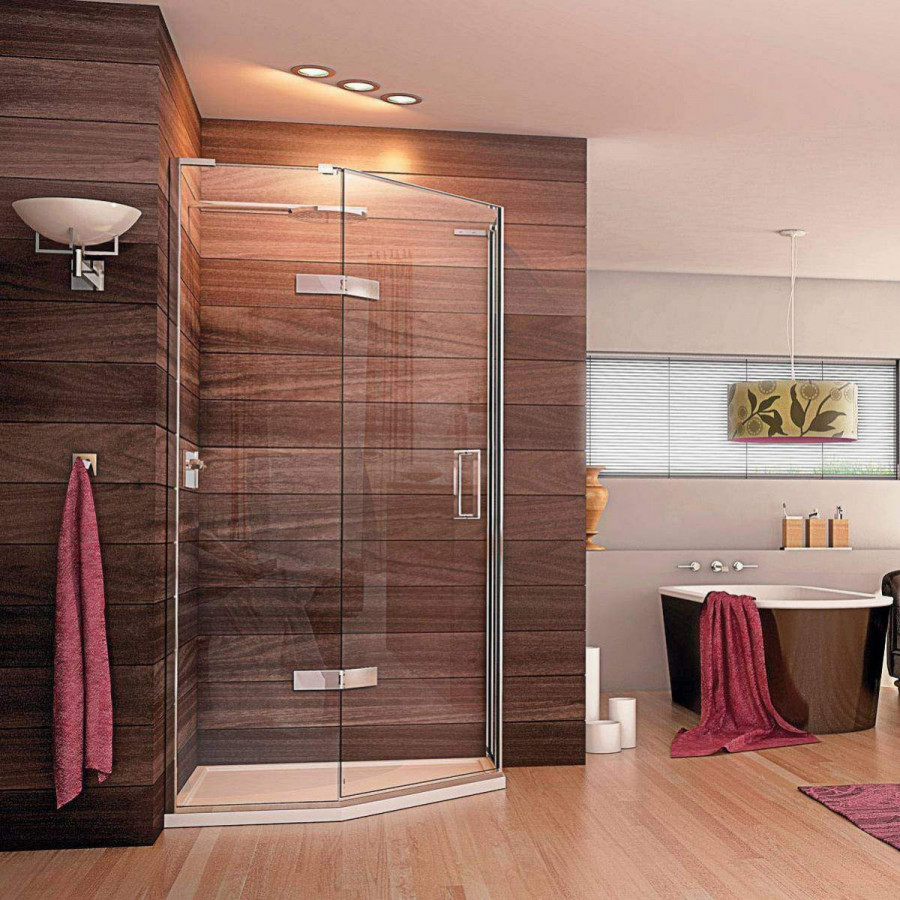
- Boxes or shower cabins of a closed type are a ready-to-use product that needs to connect to the water supply and sewerage system, adequately secured and used. It is saving time and effort. Such boxes vary in the most comprehensive range – from compact 70 * 70 cm to giant 170 * 180 cm and more. The minimum set is a pallet, doors, a lid, and a watering can. Additional features include hydromassage, rain shower, charcoal shower, aromatherapy, lighting, steam generator, radio, Turkish bath, etc. Pallets can be flat or deep: it is more convenient to go into a flat one. In a deep one, you can take a bath. The shape of the tray is chosen depending on the location of the shower in the bathroom. Square, corner, and semicircular are the most popular. Pallets are usually made of acrylic, less often of cast iron and steel, and luxury products are made of wood and stone. Doors are made of glass and plastic. Glass is more expensive and looks better; plastic can fade over time. If there is not enough space in the bathroom, choose boxes with sliding doors.
- An open cabin is only doors. The floor is tiled, or a pallet is installed. Tiles are used for the wall, and there is no cover on top. A holder for a watering can is attached to the wall. It comes out inexpensive but more lightweight and stylish than a ready-made shower stall. True, there are more problems, and it will also take more time.
If the room has a niche, then this is the best place for a shower. You can also use corners or lean the cab against one of the walls.
7. How to Choose Toilet?
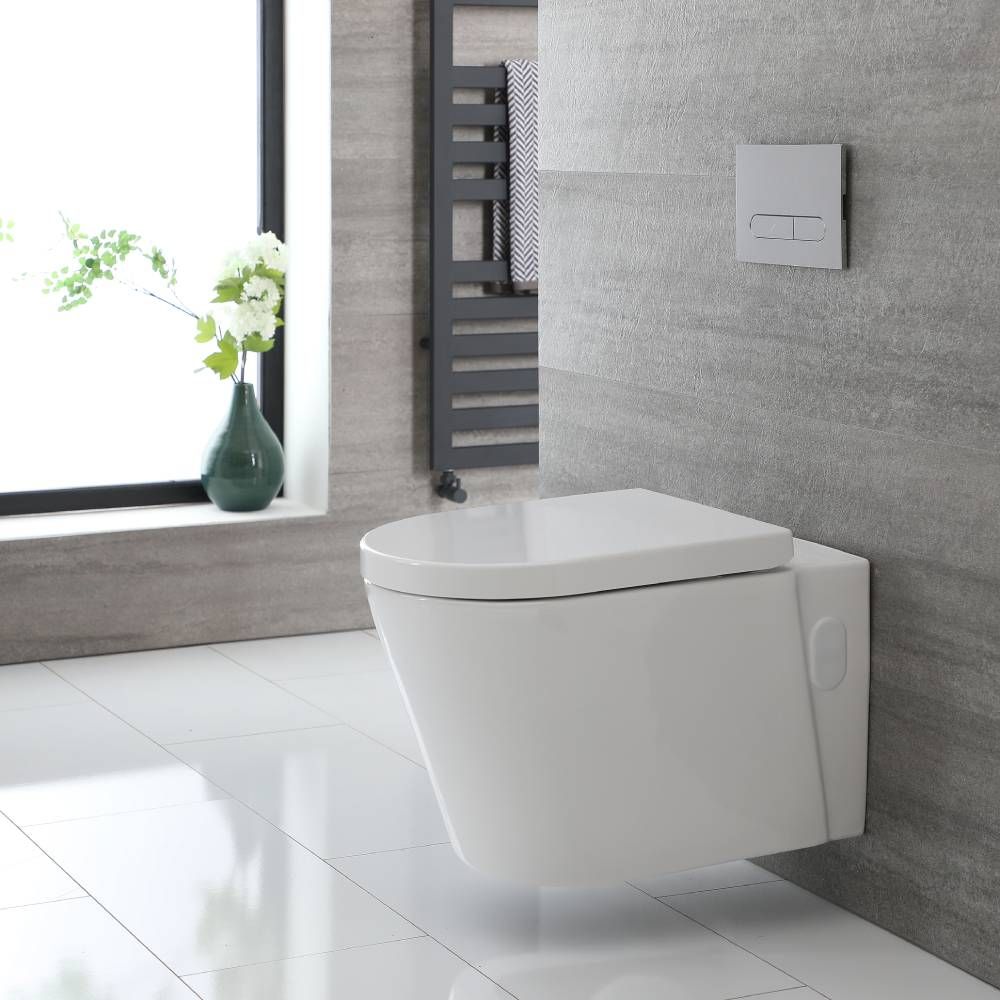
If the bathroom is combined, then you will have to think about the choice of a toilet. We have already talked about the materials, and now we will talk about the installation method:
- Floor toilets are a classic, and they lean on the floor with their feet. we can hang the cistern of such a toilet bowl separately, and it can be attached to the toilet bowl or even disguised in the wall. For small baths, they came up with corner models;
- Wall-hung toilets are an excellent option for small bathrooms. They take up a minimum of space and visually look “lighter.” All pipes are hidden in the wall. Therefore professionals are required for proper installation.
8. How to Choose Fixtures?
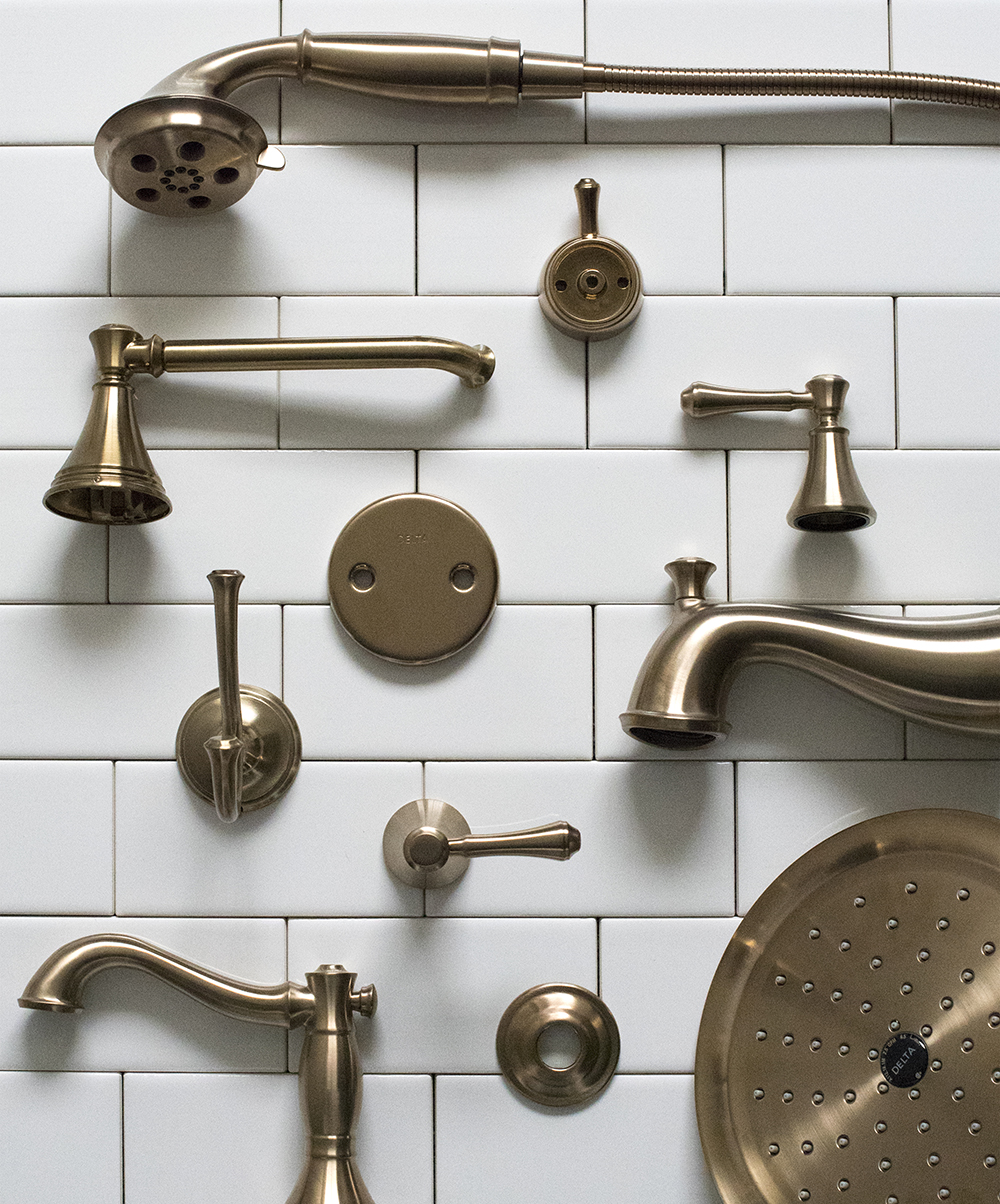
Faucets are an integral part of all bathroom fixtures. As mentioned earlier, it is better to take the same models for the bathroom, sink, and bidet. Previously, two-valve mixers were the standard, and they are easier to install but not very convenient to use. The modern standard is a single-lever fixture, and it is more economical in terms of water consumption, more convenient. The lever can be on the side of the top. The most exciting option is cascade mixers, from which water flows like in a waterfall – beautiful, but not very economical. It can be used as interior decoration.
A mixer with a long spout is sometimes installed in the bathroom, turning towards the bathtub and the sink. The faucets built into the bathtub, as well as wall-mounted ones, are in great demand.
Wall-mounted mixers are usually installed in shower cabins, and they are easy to install. But the faucets built into the wall look more aesthetically pleasing. Only the handle remains outside. Watering cans are different in shape and functionality, differ in the number of water supply modes, and some can be decorated with backlighting. Some watering cans have economy modes, and there are also economical nozzles on sale.

